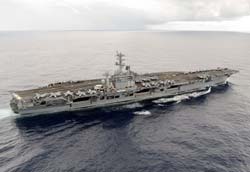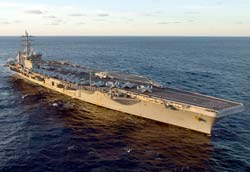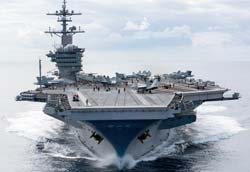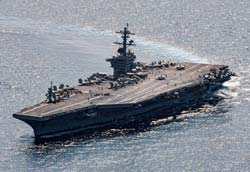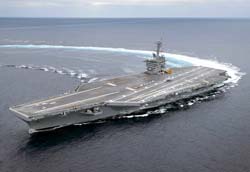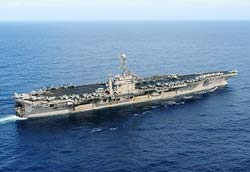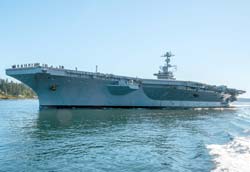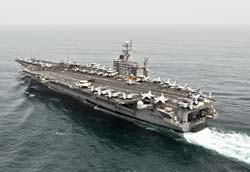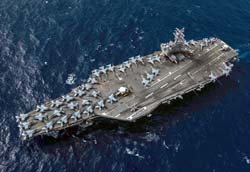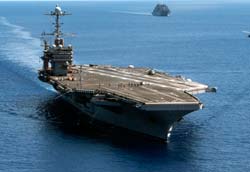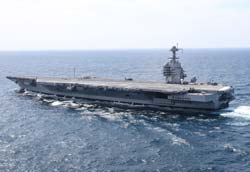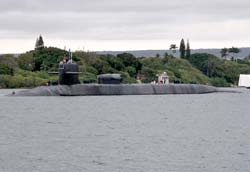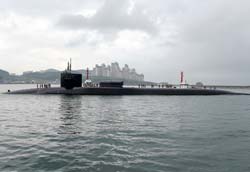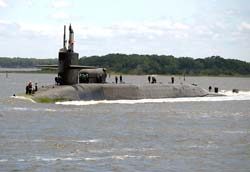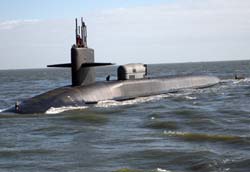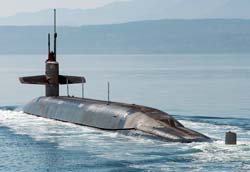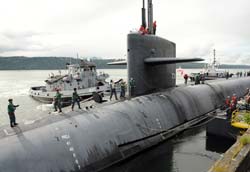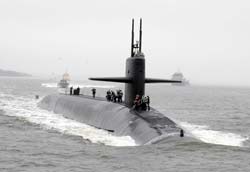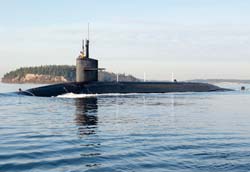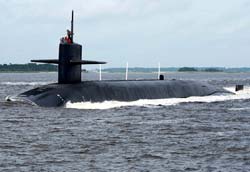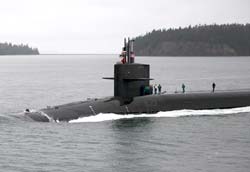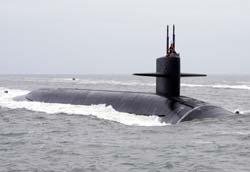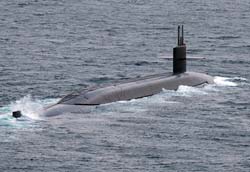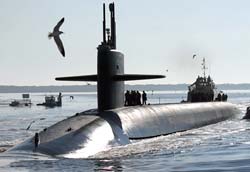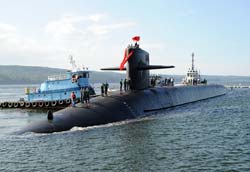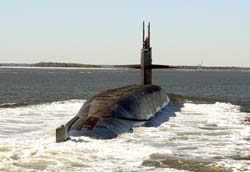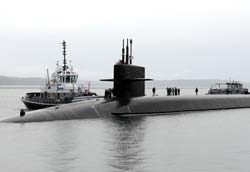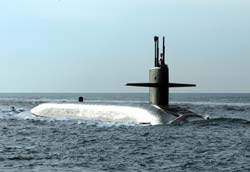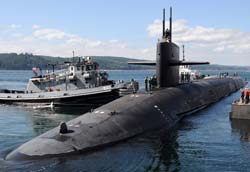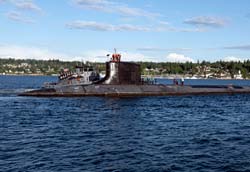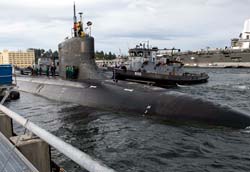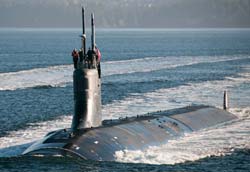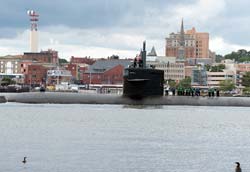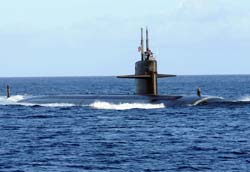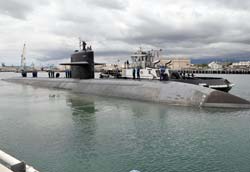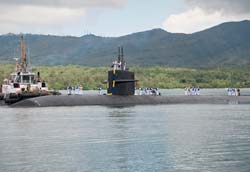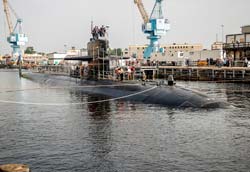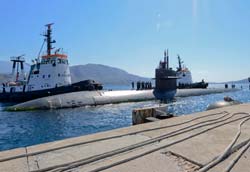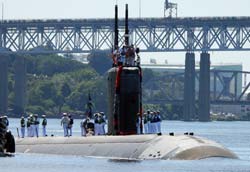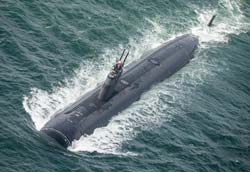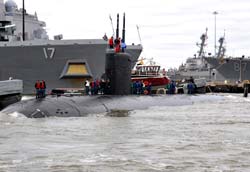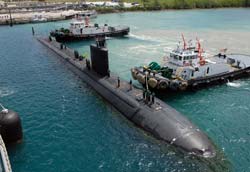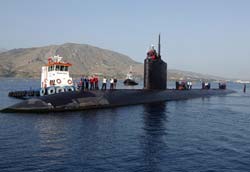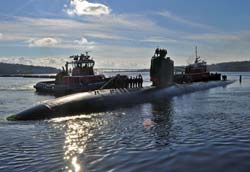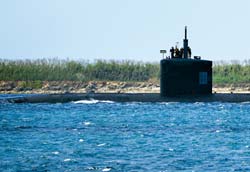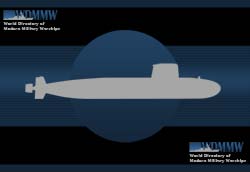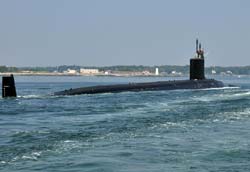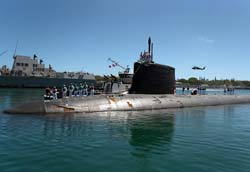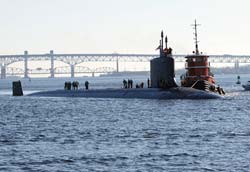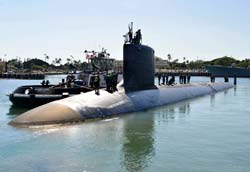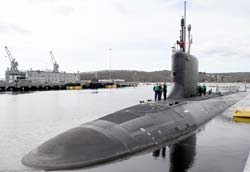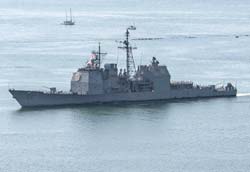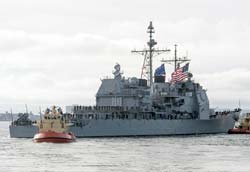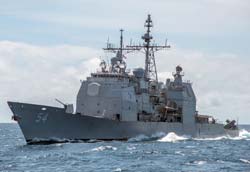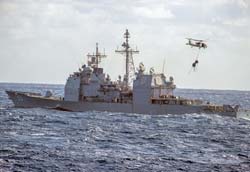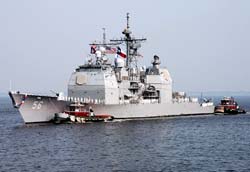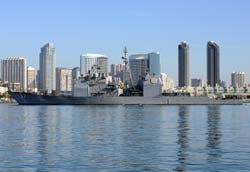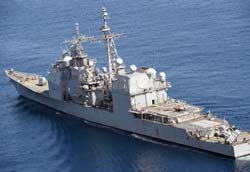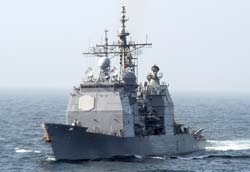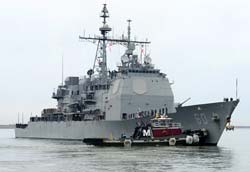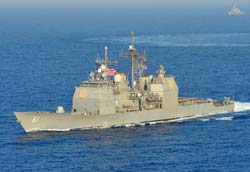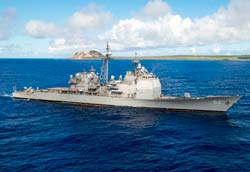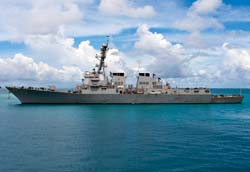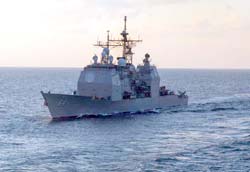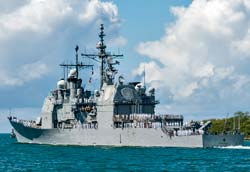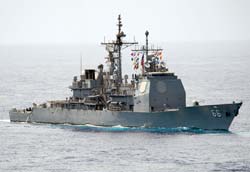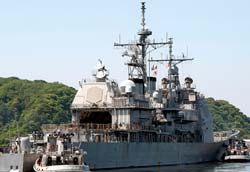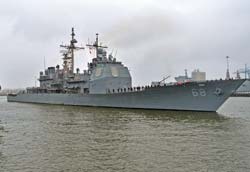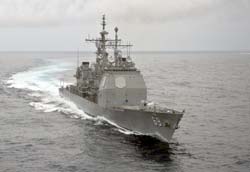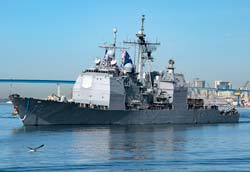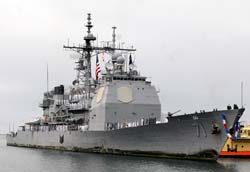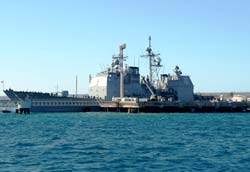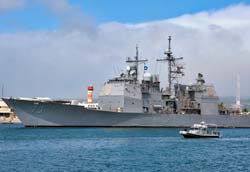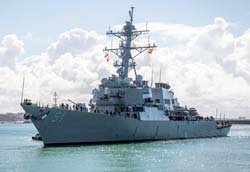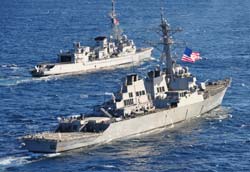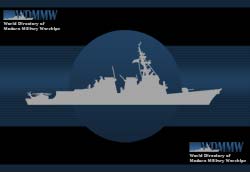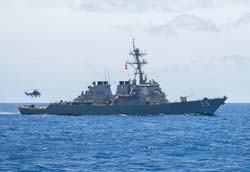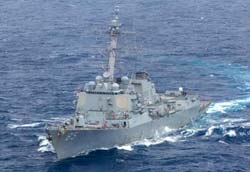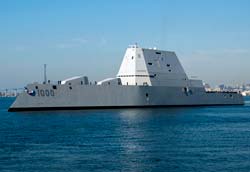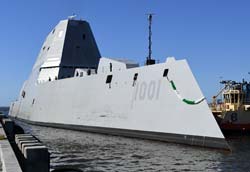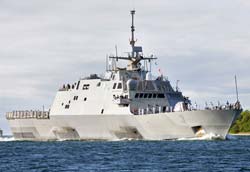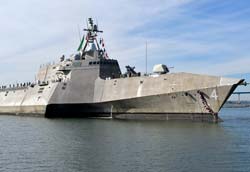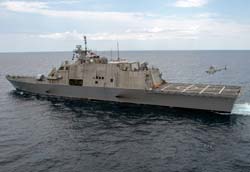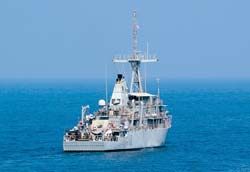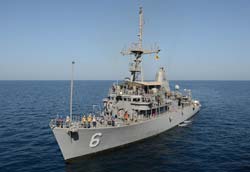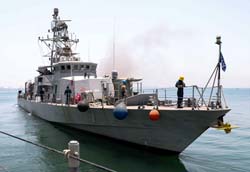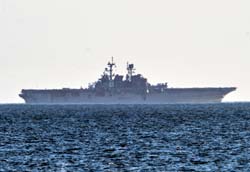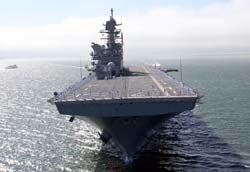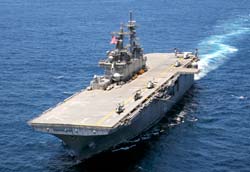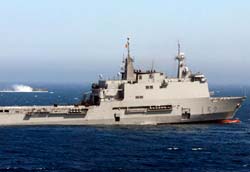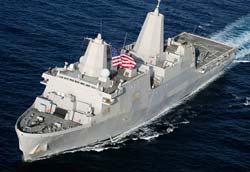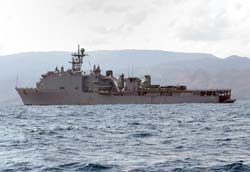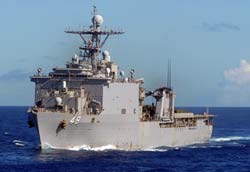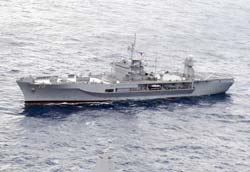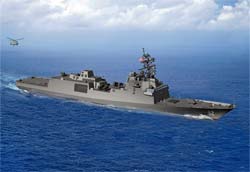The United States Navy (USN) remains the top naval powers in the world primarily due to its potent and numerically superior nuclear-powered aircraft carrier fleet. While the old Nimitz-class begins to age out, these are being replaced on a one-for-one approach by the new Ford-class supercarriers. The bulk of the surface force is made up primarily of the destroyer fleet amounting to to nearly 30% of all strength. The submarine fleet follows a close second delivering another quarter of total strength for the service. Beyond this is an aging fleet of cruisers followed by Littoral Combat Ships (essentially filling the category of corvettes) and amphibious assault support ships. The service also invests in a capable OPV and mine/countermine warfare fleet which rounds out the force rather nicely, giving broad solutions to modern battlefield problems. Hulls on order number over 65 and are set to strengthen the destroyer, submarine, carrier, frigate, and amphibious assautl groups in the coming decade - attempting to keep pace with global rival China.
The following represents an overview of the modern naval fighting capabilities of the United States Navy (2024). The service currently counts 243 total units in its active naval inventory. This total includes frontline commissioned vessels but excludes smaller patrol vessels, auxiliary / survey ships, replenishment, and historical ceremonial types. The WDMMW review takes into account specific categories of warships covering attack, defense, and general support designs. Inventory numbers and related unit types are provided as-is and derived from publically-available information / sources. "On Order" totals found at the bottom of this article are related to any future hulls currently under procurement/construction though said hulls may not be delivered for service in the current year for various reasons.
Updated: 9/20/2023 | © www.WDMMW.org
Aircraft Carriers (11)
Hulls defined as those designed primarily to launch, retreive, and maintain fixed-wing and/or rotary-wing aircraft; nuclear- or conventionally-powered.
NOTES: The Ford-class supercarrier group is set to replace the aging, outgoing Nimitz-class on a one-for-one basis; ten warships in all are on order.
Submarines (68)
Hulls developed for undersea/submersible operation; nuclear-powered or conventionally-powered.
Cruisers (22)
Hulls classified as cruiser types, typically dimensionally larger than Destroyers.
Destroyers (70)
Multi-mission hulls developed for Blue Water environment; operating independently or as part of the main surface fleet.
Corvettes (21)
Hulls defined as dimensionally smaller than frigates but larger than OPVs, capable of operating independently or as part of the main fighting fleet.
Mine Warfare (8)
Hulls outfitted for the purpose of mine countermeasures/countermine warfare.
Offshore Patrol Vessels (10)
Hulls defined as OPVs and outfitted for the purpose of close-to-shore defense / deterrence.
Amphibious Assault (33)
Hulls designed specifically for the support of amphibious-minded, offshore / close-to-shore operations.
On Order (67)
Hulls set to be delivered in the current procurement year or in subsequent year(s).
On Order Commitment: 67 Units
©2024 • Content ©2021-2024 WDMMW.org • All Rights Reserved. The WDMMW.org logo, its written content, and watermarked photography are unique to this website (unless where indicated) and is protected by all applicable domestic and international intellectual property laws. This resource uses publically-released imagery from the US DoD, the Russian MoD, the Chinese MoD, the Royal Australian Navy, the Royal Canadian Navy and others as well as manufacturer marketing photos - no endorsement of this site by these parties/entities should be implied. Illustrations of products are copyright WDMMW.org (and are marked as such) and not for reuse/republication. Information found across this site, verified through publicly available sources, is assumed to be accurate at the time of publication.Material presented throughout this website is for historical and entertainment value only and should not to be construed as usable for hardware restoration, maintenance, or general operation. Part of a network of sites that includes , , and . WDMMW.org is a sister site to . No A.I. was used in the generation of this content.
©2024 www.WDMMW.org • All Rights Reserved • Content ©2021-2024 (3yrs)






